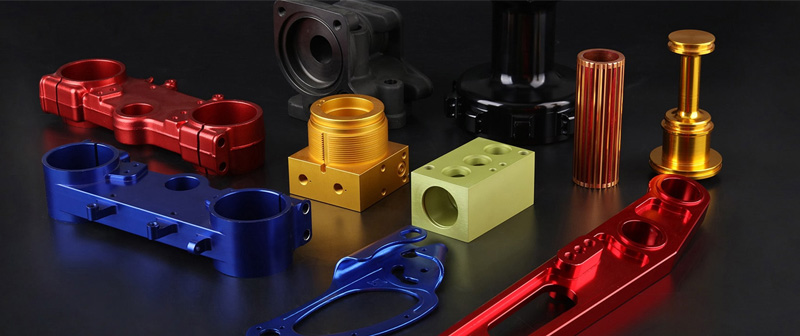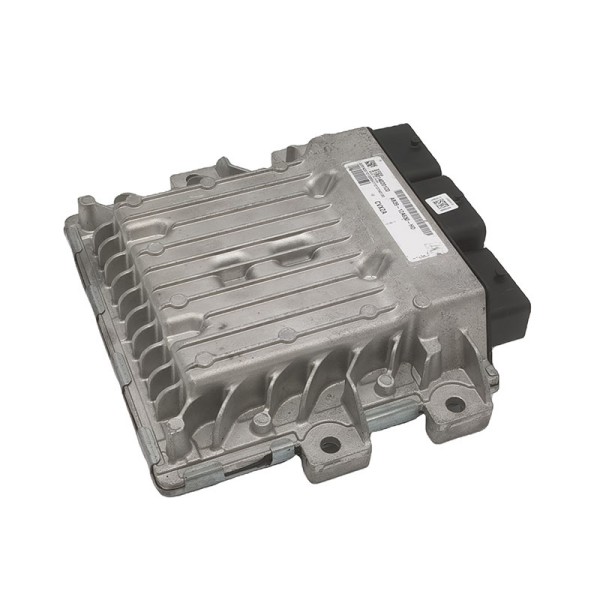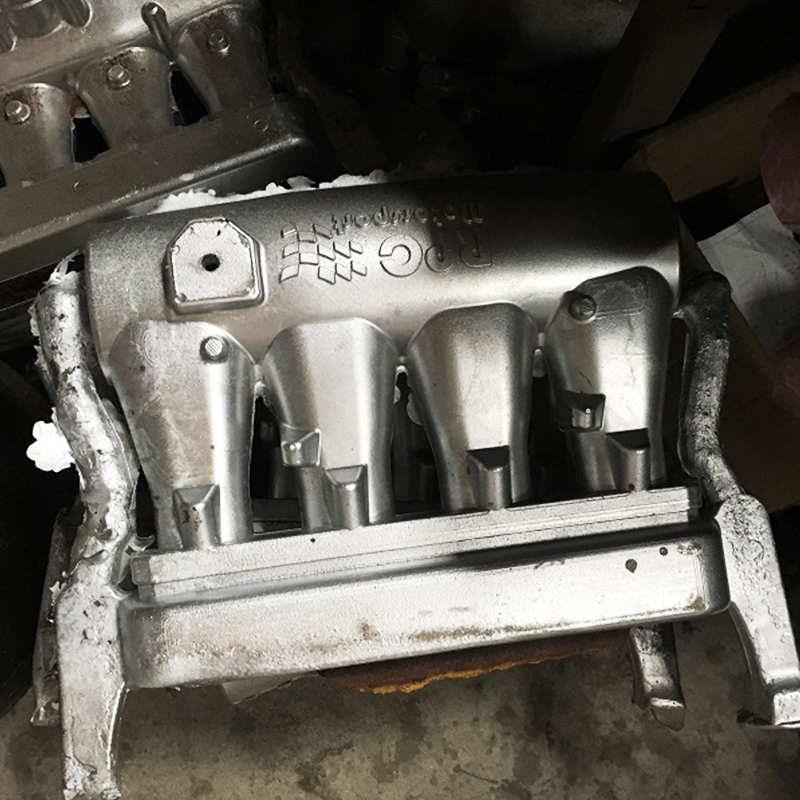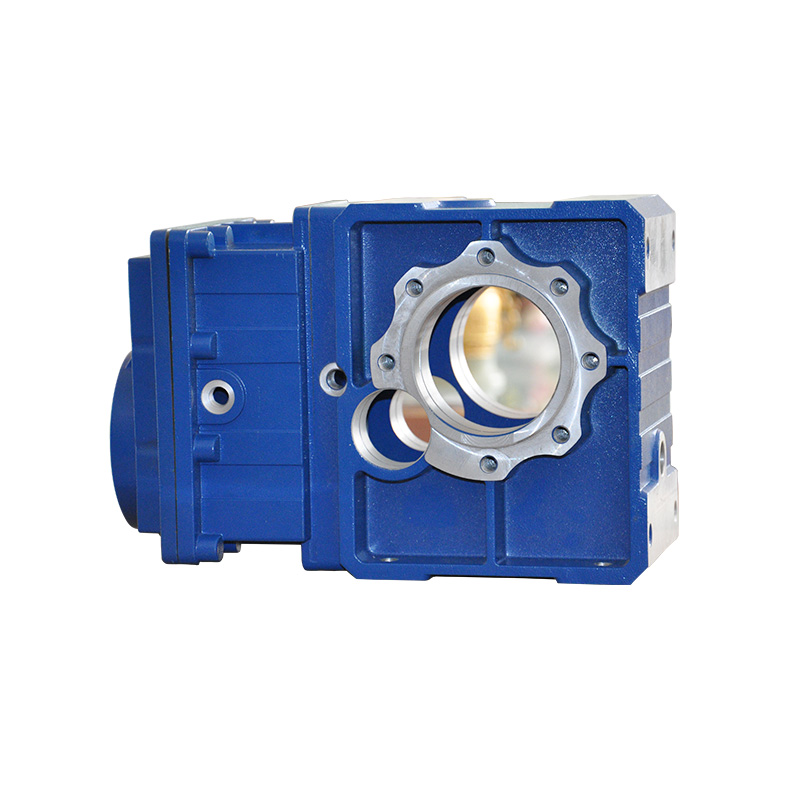Surface Finishing For Aluminum Die Casting Guide
Casting aluminum parts and achieving the desired surface finish is crucial for improving their appearance, functionality, and durability. However, the unique properties of die cast aluminum and the manufacturing process present challenges in surface finishing. To overcome these challenges, it is important to follow best practices for surface treatment. This blog discusses the importance of surface treatment, factors to consider when selecting a finishing method, and best practices to achieve optimal results.
Factors to Consider when Selecting a Surface Finishing Method

Various surface finishing methods can be used for die cast aluminum parts, each with its own advantages and disadvantages. When selecting a finishing method, the following factors should be considered:
-
Functionality of the component: The intended use of the component determines the appropriate surface treatment method. Components exposed to harsh environments, such as marine or industrial applications, require finishes that can withstand corrosive agents.
-
Aesthetics & Appearance: The desired appearance of the part is important. Different surface finishing methods can produce visual effects such as gloss, matte, or texture.
-
Environmental factors: Consider the environmental conditions the component will be exposed to. Parts used outdoors or exposed to chemicals or extreme temperatures require finishes that can withstand these conditions.
-
Cost: The cost of the surface treatment method should be evaluated, including equipment, chemicals, and labor. Methods like anodizing and powder coating may be more expensive than painting or polishing.
Best Practices for Surface Finishing:
To achieve optimal results in surface finishing die cast aluminum parts, the following best practices should be followed:
-
Thorough cleaning of the surface: Clean the surface to remove contaminants such as oil, grease, or dirt. Surface preparation, such as sandblasting or grinding, may be necessary to ensure a smooth and defect-free surface.
-
Selection of the appropriate finishing method: Choose a finishing method based on the factors mentioned earlier, considering functionality, aesthetics, environmental factors, and cost. The chosen method should provide the desired properties like corrosion resistance, durability, and visual appeal.
-
Quality control and inspection: Monitor the quality of the surface finish throughout the process to ensure it meets the required specifications. Use appropriate measuring and testing equipment and adhere to industry standards for surface finish quality.
-
Compliance with industry and safety standards: Follow industry and safety requirements when using chemicals in surface finishing. Ensure the necessary precautions are taken to protect human health and the environment.
-
Maintenance and repair: Proper maintenance and repair of the surface finish can extend its durability. Regular cleaning, touch-up painting, or reapplication of the finish may be necessary.
Benefits of surface treatment of die cast aluminum parts:
-
Improved aesthetics: Surface finishing enhances the visual appeal of components, making them more attractive to customers.
-
Enhanced corrosion resistance: Finishes like anodizing, powder coating, or plating improve the corrosion resistance of components, making them suitable for harsh environments.
-
Increased durability: Surface finishes make components resistant to wear, scratches, and other forms of damage, thereby increasing their durability.
-
Improved functionality: Proper surface treatment improves the functionality of components, making them more effective in their intended use.
-
Ease of maintenance: Surface finishes make components easier to maintain and clean, reducing the need for frequent maintenance.
-
Better environmental and health outcomes: Compliant surface finishes contribute to better environmental and health outcomes by reducing the risk of exposure to hazardous chemicals.
-
Increased value: Proper surface treatment increases the value and marketability of components, making them more desirable to customers.
Conclusion
In conclusion, the surface treatment of die cast aluminum parts is a critical step in ensuring their optimal performance and longevity. By adhering to best practices such as thorough cleaning and preparation, careful selection of the appropriate finishing method, rigorous quality control, and compliance with safety standards, manufacturers can ensure that their components meet the desired specifications and deliver optimal performance in their intended applications.
At Fuerd, we recognize the significance of surface treatment in producing high-quality die cast aluminum components. We leverage industry-leading technologies and techniques to achieve the desired functionality, aesthetics, and durability of our parts. Our commitment to following best practices ensures that our products meet the highest standards and exceed customer expectations.
NINGBO FUERD MECHANICAL CO., LTD
Website: https://www.fuerd.com



